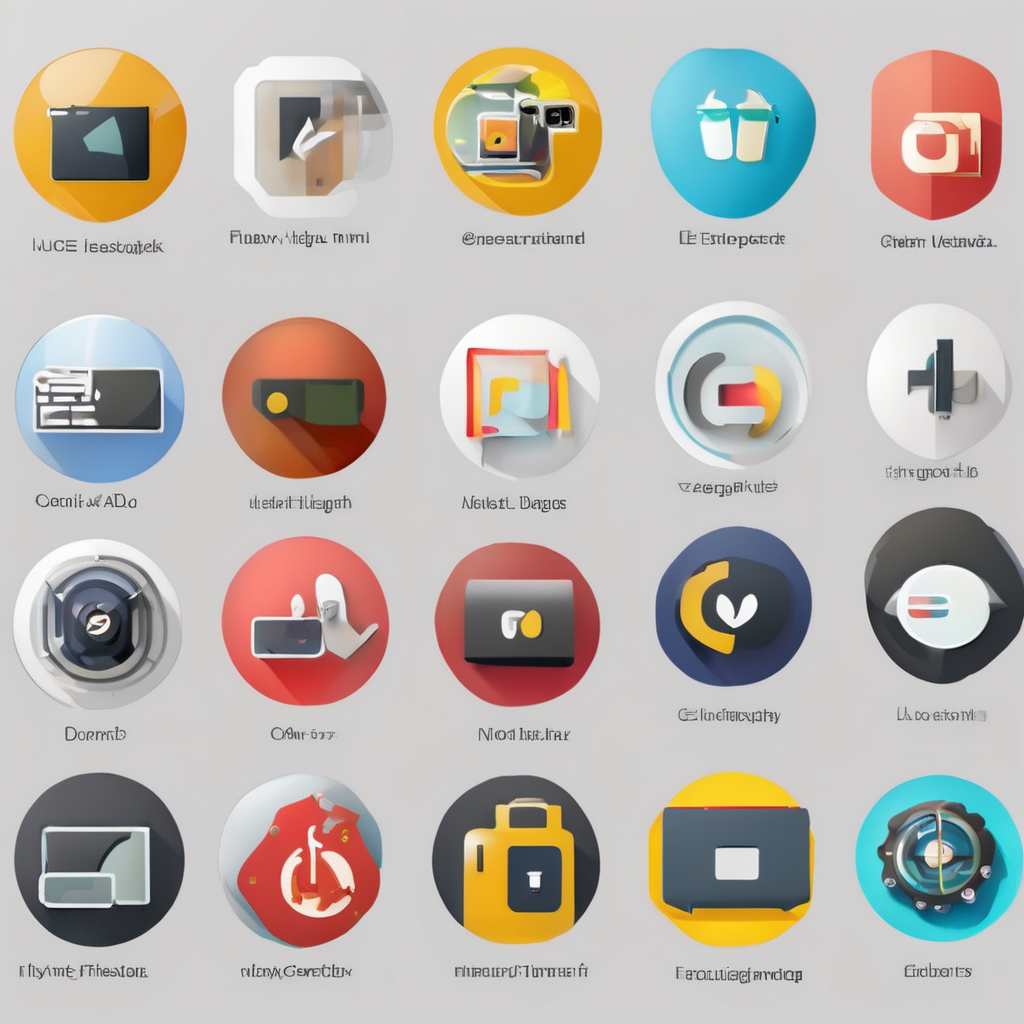Quick start: finding the best thrift store treasures
Discovering standout second-hand finds starts with strategic thrift store shopping. Focus first on quality materials—it’s wise to seek natural fibers like cotton, wool, and leather, which often last longer and age better. Recognising reputable brands can indicate durability and style longevity, so keep an eye for designer labels or classic manufacturers.
When scouting, distinguish between timeless vs. trendy items. Timeless pieces often boast minimalistic design, neutral colors, and versatile cuts—think a classic denim jacket or a well-made blazer. Trendy items tend to showcase bold patterns or contemporary silhouettes but might lose appeal quickly. Prioritising quality basics can set a reliable foundation for your wardrobe.
Also read : Uncover the secrets to choosing a comfortable yet stunning wedding dress
Effective thrift shopping also means understanding store organisation and timing your visits. Tackle racks methodically rather than rushing; vintage gems often hide in less obvious places. Visiting frequently helps spot fresh arrivals before others do.
These thrift shopping tips amplify your chances of not only finding great pieces but also curating a durable, stylish wardrobe without overspending. Embrace patience, a sharp eye for materials, and brand savvy to enjoy rewarding thrift shopping adventures.
Have you seen this : Revamp Your Work Attire: Uncover the Must-Have Skirt Trends of 2023 for Professional Women in the UK!
Personalising your finds: creative customisation and upcycling
Transforming your thrift store shopping treasures into unique pieces is both rewarding and accessible. Starting a DIY thrift flip means having basic tools—like fabric scissors, sewing needles, and fabric glue—ready to rework thrifted clothing effectively. Even beginner-friendly upcycling techniques, such as hemming, resizing, or simple patchwork, can dramatically refresh the look and fit of second-hand finds.
What if you want to add a personal flourish? Painting, embroidery, or attaching patches open up creative avenues that turn ordinary thrift shopping items into standout apparel. For instance, hand-embroidered details or bold fabric paint can completely change the garment’s vibe, showcasing your style.
Understanding materials is crucial before customizing: natural fabrics like cotton or denim often take paint and stitching better than synthetics. When you embrace upcycled fashion, you contribute to prolonging the life cycle of garments while creating something customized just for you.
In sum, combining reworking thrifted clothing with your own creativity boosts your wardrobe’s individuality, strengthens sustainable habits, and makes each piece truly yours. Don’t hesitate to experiment—thrift shopping plus personalisation is the perfect recipe for standout style.
Styling your thrifted wardrobe for standout looks
Crafting standout outfits from thrift store shopping can feel daunting but is achievable with simple vintage style tips. Start by building a cohesive wardrobe that mixes second-hand finds with your existing pieces. Combining classic items like a timeless plaid shirt with contemporary jeans easily balances vintage and modern vibes, encouraging versatile wear.
When assembling outfits, consider color palettes and textures to create harmony. For example, pairing soft wool sweaters with denim or leather accessories adds depth and contrast. Mix-and-match fashion flourishes when you blend unexpected styles—such as a retro jacket layered over a minimalistic dress—to make your thrifted pieces pop.
Accessorising thrift finds maximises impact without overwhelming the look. Simple choices like vintage scarves, belts, or statement jewelry transform basic outfits into personalized ensembles. Remember, subtle finishing touches celebrate your creativity and highlight the unique story behind your curated wardrobe.
Exploring vintage style tips with a playful mindset helps you express individuality while honouring the sustainability of thrift shopping tips. Deliberate mixing of eras and styles ensures your outfits remain fresh, relevant, and perfectly tailored to your personality.
Real transformations: before-and-after inspirations
Witnessing fashion transformations through thrift store finds vividly illustrates the power of creative styling and upcycling. Take a worn denim jacket—after a DIY thrift flip, adding embroidered patches, distressed details, or painted motifs, it becomes a one-of-a-kind statement piece. These thrift makeover stories provide concrete examples of how reworking thrifted clothing can unlock potential hidden in overlooked items.
Seeing practical creative styling examples also inspires confidence for those hesitant about starting their own projects. Real-life successes often highlight simple yet effective alterations like tapered hems, button replacements, or layering fabric panels to adjust fit and style. Visual before-and-after comparisons make these changes relatable and achievable.
Moreover, enthusiasts share how transforming thrifted pieces adds personality and sustainability to their wardrobes. These stories emphasize that every garment altered or customised contributes to reducing textile waste while enhancing individual style. Essentially, thrift makeover stories show that combining imagination with basic techniques can turn second-hand finds into treasured wardrobe staples.
These transformations encourage exploration, proving that thoughtful customization can elevate thrift store shopping from ordinary purchase to creative triumph.
Sustainable fashion: why thrift shopping matters
Choosing thrift shopping supports sustainable fashion by reducing textile waste. Each second-hand find extends a garment’s life, preventing it from ending up in landfills. The environmental benefit comes from lowering demand for new clothing production, which requires water, energy, and raw materials.
How does thrift shopping promote eco-friendly style? By embracing second-hand finds, you participate in a circular wardrobe model. Clothes get reused wisely, reducing pollution from manufacturing and transport. This cycle limits resource depletion and carbon emissions, making it a responsible fashion choice.
Ethical shopping habits grow through mindful decision-making. Rather than impulsively buying fast fashion, shoppers weigh quality and longevity, favoring items that offer lasting value. This mindset encourages thoughtful consumption and deeper appreciation for garments.
Incorporating sustainable fashion principles means understanding fashion’s environmental toll and acting to minimize impact. Every thrift store purchase supports this shift by valuing reuse over waste. In sum, eco-friendly style is achievable through conscious thrift shopping, making a tangible difference one outfit at a time.


